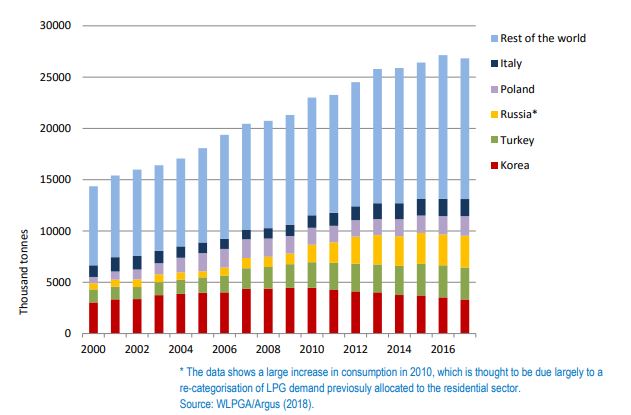Interested in Autogas Incentives? The European LPG Association and the World LPG Association recently launched the 2018 edition of a report on “Autogas Incentive Policies”.
Autogas is the most common alternative to conventional fuels for passenger vehicles. This report shows that the Autogas sales strongly depends on government policies. Worldwide sales of Autogas have been growing quickly in some countries, thanks to government policies to encourage its use on account of its inherent environmental, practical and cost advantages over traditional fuels. But in some countries, Autogas market development has been held back by ineffective or poorly-designed policies, such as perverse tax rates and regulations that fail to account fully for the social and environmental benefits of switching to Autogas. Making use of Autogas as alternative fuel does not only reduces CO2 emissions by 21% and particles by 95%, it also contributes to the savings of the consumer.
This report – the most detailed study of Autogas markets and policies ever prepared – seeks to explain why governments encourage switching to Autogas and how they go about doing so based on an in-depth survey of 25 of the world’s largest Autogas markets. It assesses what types of policies are most effective and why.
The key findings from this analysis are:
• Policy stability and a strong, long-term commitment by the government to achieving environmental-policy objectives are also of crucial importance to efforts to promote the development of the market for Autogas and other alternative fuels.
• Autogas markets grow when the pump price in per-litre terms is well below that of both gasoline and diesel.
• The prospects for Autogas in the medium term hinge in large part on diesel. If governments continue to discourage sales of diesel cars through higher fuel taxes and traffic restrictions, as they probably will, more motorists could switch to Autogas – at least in markets where it is already established.
There are now 27.1 million Autogas vehicles in use around the world, with the biggest markets being Korea, Turkey, Russia, Poland and Italy.
The full report can be downloaded here.
